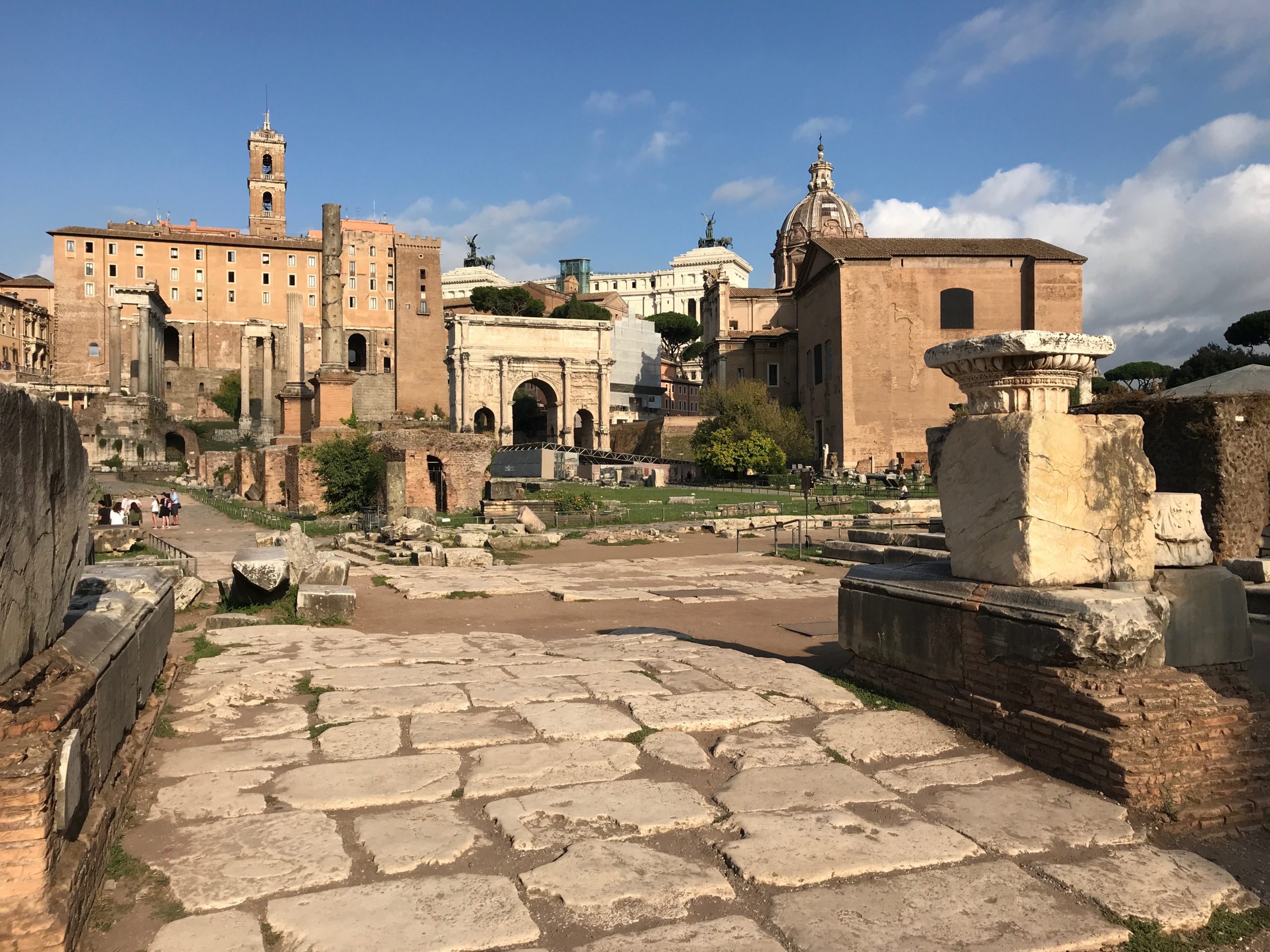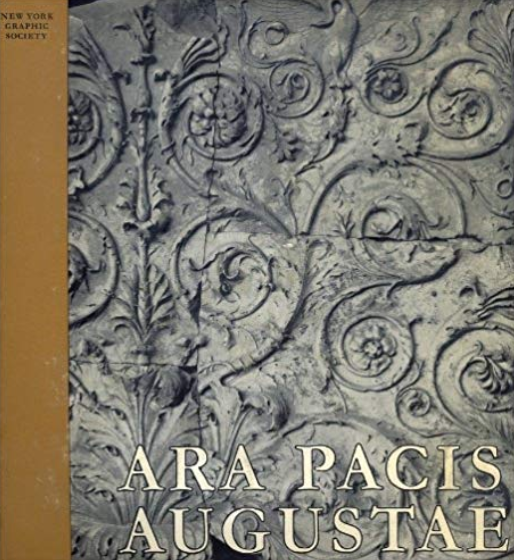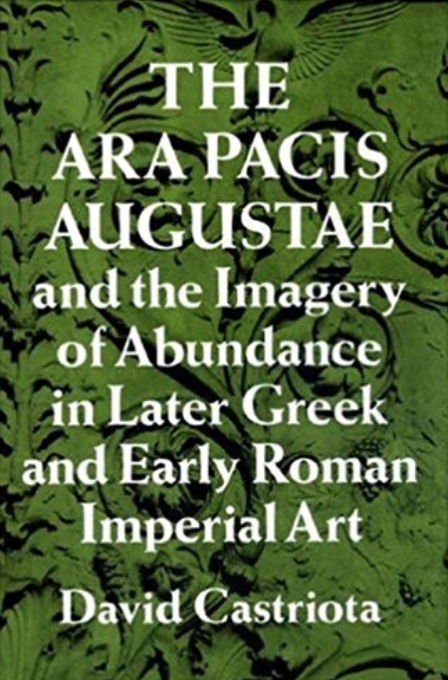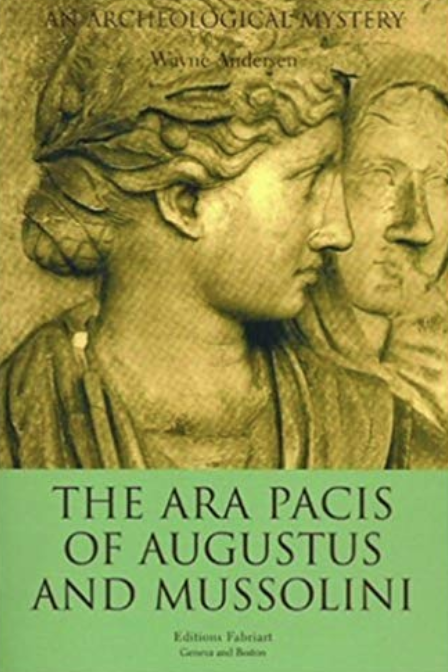The Arch of Augustus is located in the forum straddling the roadway between the Temple of the Castores and the Temple of Divus Iulius. This triple arch monument is often associated with the victory arch erected in the forum by Augustus after Actium. Some scholars, instead define it was the Parthian arch. The Fasti Consulari were found in the Renaissance and immured the Capitoline Museums. It is unclear whether they belonged to the arch, or the Temple of Divus Iulius, or the Regia.
Explore further:
Read more:
It is explicitly stated that the latter stood iuxta aedem divi Iulii (Schol. Veron. Verg. Aen. VII.605). These arches are represented on coins, that of 29 B.C. on a denarius of Vinicius (Babelon, Vinicia 4; Cohen, Aug. 544; BM Rep. II.50, 4477‑8 = BM Aug. 77, 78), and that of 19 B.C. on coins of 18-17 B.C. Cohen, Aug. 82‑85; BM Aug. 427‑9). The arch of 19 B.C. is also represented on coins of 19‑18 B.C. struck at Ephesus (Cohen, Aug. 298; BM, Aug. 703) with the inscription SPR Signis receptis. The earlier coins represent a triple arch, surmounted with a quadriga in the centre and barbarians on the sides. The archways are of equal height, and the middle piers double the width of the outer. The later coins also represent a triple arch, with quadriga and figures of barbarians, and piers of the same relative width as the other, but the central portion is much higher than the sides.
The foundations of one of these arches exist between the temple of Julius and that of Castor. being laid on the short axis of the former temple and close to it. They consist of travertine blocks on concrete beds, and those of three of the four piers are in situ. The middle piers were 2.95 metres wide, and those of the sides 1.35, corresponding to the representation on the coins. The depth of the middle piers is also greater than that of the side piers. The width of the central archway was 4.05 metres and that of those at the side arches 2.55, the breadth of the whole structure being 17.75 metres. The pavement in the central passage is still partially preserved, and some of the marble fragments of the arch have been set in modern brick beds on the travertine foundations, which themselves rest on the pavement of an earlier street.
If the evidence cited above were all we had, we should identify these ruins with the arch of 19 B.C., on the strength of the scholiast’s iuxta aedem divi Iulii, but an inscription (CIL VI.873), cut in a block of Parian marble 2.67 metres long, was found in 1546/7 close to these foundations, which records a dedication to Augustus in 29 B.C. This inscription may have belonged to this arch, although it cannot have been the principal inscription on the attic. No trace of a second arch of Augustus in the forum has thus far been discovered (see also Arcus Pietatis, and the identification of the existing ruins is therefore still uncertain (Jahrb. d. Inst. 1889, 151‑162; Ant. Denk. I.14‑15, 27‑28; Mitt. 1889, 243; 1905, 76; LS II.200‑202; CIL VI.31188a; DR 439‑443; RE Suppl. IV.510‑511).
p35 Fiechter and Hülsen (ap. Töbelmann I.13‑16) attribute to this arch the Doric fragments found near the Regia in 1872 (see their list, repeated from Jahrb. d. Inst. 1889, 235). A similar fragment was seen at SS. Quattro Coronati (PBS II.104 — a drawing by the later — seventeenth century — hand). It is noted by Hülsen that, though an arch was voted by the senate in 29 B.C., it is nowhere stated that it was consecrated. He attributes all the coins to the same arch, and follows a conjecture of Dressel’s, by which the inscription is inferred from the legends on the coins of 18‑17 B.C.: S.P.Q.R. Imp. Caesari Aug. cos. xi. tr. p. vi. civib. et sign. milit. a Part. recup. He points out, further, that the inscription generally attributed to the arch is of the wrong shape and size; for a criticism of the restoration proposed, see Zeitschrift f. Gesch. d. Arch. VIII. (1924), 73. Cf. HFP 15.
A single arch representing the same event is shown on other coins (BM Rep. II.551.310).
This content is brought to you by The American Institute for Roman Culture, a 501(C)3 US Non-Profit Organization.
Please support our mission to aid learning and understanding of ancient Rome through free-to-access content by donating today.
Ara Pacis Augustae Hardcover – 1968
The Ara Pacis Augustae and the Imagery of Abundance in Later Greek and Early Roman Imperial Art Hardcover – May 26, 1995
The Ara Pacis of Augustus and Mussolini Paperback – April 1, 2003
Cite This Page
Cite this page as: Darius Arya, The American Institute for Roman Culture, “Arcus Augusti (Arch of Augustus)” Ancient Rome Live. Last modified 01/25/2021. https://ancientromelive.org/arcus-augusti-arch-of-augustus/
License
Created by The American Institute of Roman Culture, published on 07/24/2020 under the following license: Creative Commons: Attribution-NonCommercial-ShareAlike. This license lets others remix, tweak, and build upon this content non-commercially, as long as they credit the author and license their new creations under the identical terms. Please note that content linked from this page may have different licensing terms.







